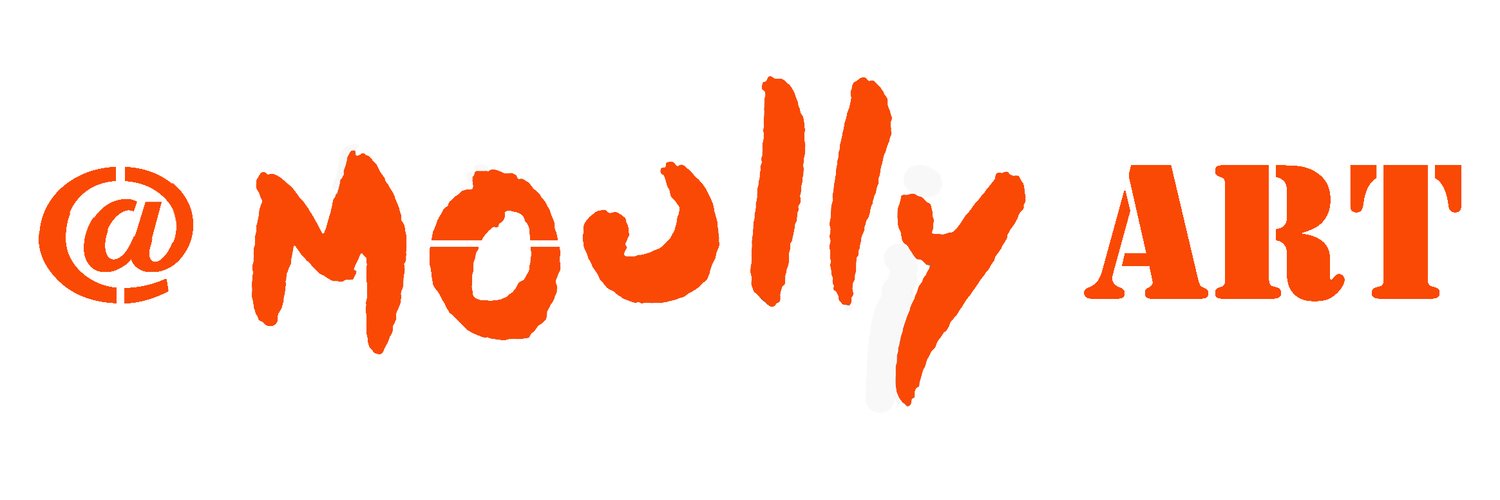‘Pop Art Rabbi’ to Install Sukkah Project
There was a time when Rabbi Yitzchok Moully, known as The Pop Art Rabbi, wondered if he should continue to paint.
His dedication to the rabbinate was deepening, and he was not sure that there was a place in his life for art making. Discussing the matter with a mentor, Moully realized that he had it all wrong.
“What he told me really changed my life,” Moully said, “because what he said was, ‘You got the wrong question. The question isn’t should you paint or not. The question is, how can you take the gifts that God gave you, and use them to impact the world in a meaningful way?’ That’s been my direction ever since.”
The fruits of that life-altering decision will be on display at the Old City Jewish Art Center beginning Oct. 2. Some of Moully’s paintings will be on display until the end of October, and from Oct. 2 until the end of Sukkot, Moully’s recurring experiential art piece based in a sukkah, “We All Belong,” will be open to visitors as well, set up outside the building. As part of the sukkah experience, visitors will be able to write their own messages on a large blank canvas.
“It’s a great opportunity that we’re thrilled to present,” said Rabbi Zalman Wircberg, director of the OCJAC.
For months, OCJAC, a nonprofit, has only hosted small groups by appointment and provided virtual tours of its gallery space. That or you could “stumble in” on a weekday, Wircberg said. “It’s very easy to social distance when you’re a visitor to a gallery.” It was all a far cry from OCJAC’s First Friday “Shabbos Gallery” events, which typically drew close to 1,000 visitors.
Moully’s sukkah, which stretches over a sidewalk and will set limits on how many masked and distanced visitors can dwell within it at a given time, will allow those uncomfortable with crowded indoor spaces to engage with art. Even if the pandemic didn’t necessitate such installations, Wircberg said, OCJAC was moving toward doing more in that genre, anyway.
Murals, he said, “are a big thing in the gallery world, and I really want to connect it with Judaism, to what we do, and with holiness, and I just thought, what better way? [Moully] is great, he does great murals literally all over the country and all over the world.” Moully has painted murals in Los Angeles, Jersey City and Brooklyn.
Wircberg and Moully, who is based in Hillside, New Jersey, had a prior relationship; Moully had shown his work at OCJAC before, and their mothers were friends when they were children.
Moully’s work has gained widespread acclaim, with write-ups in The Wall Street Journal, The Forward, Tablet Magazine and other publications. Last year, his work was shown at the Jerusalem Biennale, where 50,000 visitors saw work from 243 different artists.
A self-described “child of hippies,” Moully felt a creative spirit within from a young age, which he carried with him from his native Australia to Toronto, Belgium, Brooklyn, Venice and Basking Ridge, New Jersey. As Judaism grew into more of a priority for him, the places of spiritual elevation that he sought in his practice of art and religion began to seem awfully similar.
Outside of his painting, Moully is interested in photography and silk screen printing.
Combine those two, along with his penchant for bright, saturated colors, and you begin to see how “The Pop Art Rabbi” caught on.
In 2017, his painting “Orange Socks,” depicting silhouettes of 12 Chassidim, one wearing orange socks, was granted an entire gallery wall at the 2017 edition of the Biennale. Moully likes to joke that it’s a self-portrait.
“The message behind it, for me, is to find yourself in your Judaism, that we can’t be a carbon copy of each other,” he said. “We all have to find our uniqueness. And it doesn’t have to be counterculture. The guy wearing orange socks isn’t walking in a different direction; he’s part of the community, but he’s personalized it.”
And even though Moully finds meaning in filling up a canvas, he’s looking forward to seeing what comes of the blank canvas to be filled by visitors to Old City Jewish Art Center.
“I say that I create elaborate blank canvases for other people to come and to share,” he said. “So it’ll be exciting to see where it starts and, of course, where it ends.”

